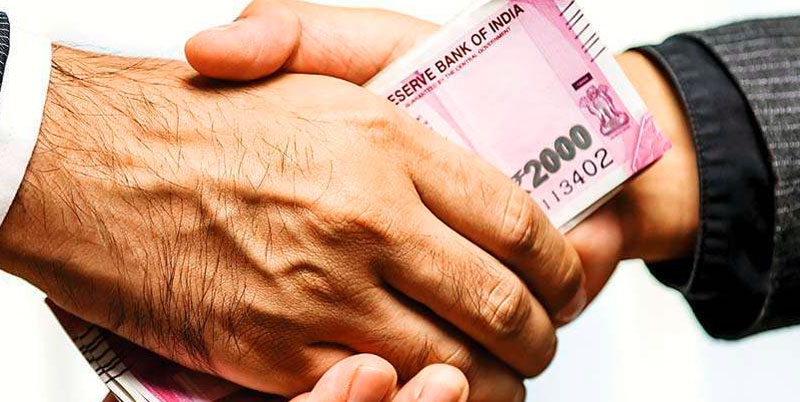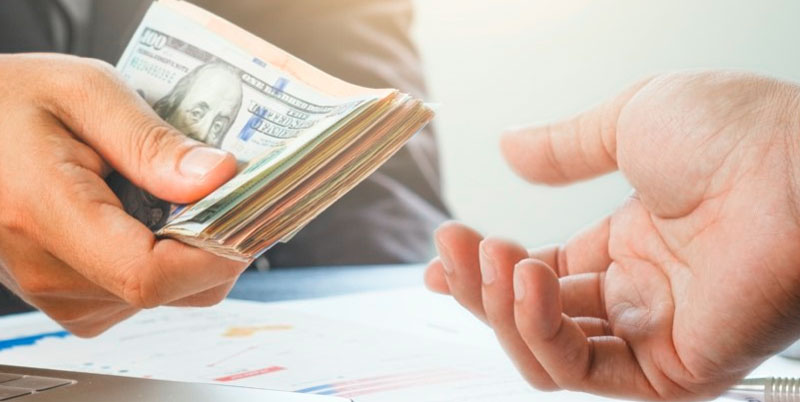Home Finance
interest charges on personal loans
Personal loans have become increasingly popular in the previous decade due to consumers trying to consolidate debt and discover better interest rates than credit cards. As of October 7, 2022, the average interest rate for a personal loan is 11.08 per cent, based on a survey by Bankrate. Your financial situation will determine whether the rate you obtain is more significant or lower. Personal loan rates vary dependent on creditworthiness, the lender and the borrower’s financial stability.
Interest Rates on Personal Loans, Typically
Consumers with excellent or exceptional credit may obtain average loan interest rates as low as 11.08 per cent. However, those with "average" or "poor" credit will pay a substantially higher average speed. Based on Bankrate research, the following chart displays consumers' average interest by credit score.
Loan Interest Rates (Average)

Online lenders often provide loans with lower starting interest rates for consumers with excellent credit, while brick-and-mortar banks and credit unions boast competitive personal loan programmes. If customers need a loan and shop around, they should look at traditional financial institutions and online lenders to see what best fits their budget. All prices reflect the market as of September 14, 2022. Verify the most recent information with the lender.
APR is just one thing that matters when getting a personal loan.
Your credit score does matter regarding the average interest rate you'll be offered on a personal loan, but there are others. In this category are items such as:
Your income is used to decide how much you can borrow.
Your debt-to-income ratio lets lenders estimate how much debt you already have compared to your income.
Your job position helps lenders feel secure about your ability to repay your loan.
Short-term personal loans typically have higher interest rates than their more permanent counterparts.
Requirement For A Credit Report
Some lenders impose minimum conditions for their loans, such as a minimum salary or credit score. You won't be authorised for a personal loan if you have a recent bankruptcy or an open collections case listed on your credit report. Reviewing a lender's frequently asked questions (FAQ) will help you determine whether or not you meet their requirements for a personal loan before you apply.
In Your Opinion, What Is A Reasonable Interest Rate for a Personal Loan?
Reasonable personal loan interest rates may vary from one borrower to the next. Generally speaking, a desirable rate is below the average individual loan rate, which now sits at 10.7 per cent.
Tips For Securing A Low-Interest Rate On A Private Loan

A reasonable personal loan rate, or at least the best loan rate you can hope to qualify for based on your credit score, income, and other considerations, is within reach if you take advantage of the many opportunities that present themselves right now. Here's an overview of the steps you need to take to get an affordable loan:
Work on boosting your credit score
One of the first things a lender will do when you apply for a personal loan is to check your credit score to see how much of a danger you present. More often than not, the best rates are reserved for those with the highest credit scores.
Making on-time or early payments on all your bills is the most effective way to raise your FICO score (contributing to everything from 10% to 35% of your total score). Reducing your credit utilisation ratio, which is 30 per cent of your FICO score, will also help.
Shop around and compare lenders
To get a low rate on a personal loan, you should look around at several lenders. Varying lenders provide different rates to applicants based on their specific underwriting standards. This implies that applying for a personal loan with a lender that offers the lowest rate won't ensure you obtain the lowest rate possible.
To enhance your odds of finding the lowest rate, prequalify with as many lenders as possible. Prequalification gives you an idea of the interest rate you might obtain when applying, and it usually doesn't affect your credit score.
Check for fees
The interest rate on a personal loan is one of many costs to consider. Other fees, such as origination fees, can add up to 6% of your loan amount and should also be factored in. To do this, look at a lender's annual percentage rate – a statistic that includes interest plus fees. Some lenders will provide you with an estimated APR when you prequalify.



